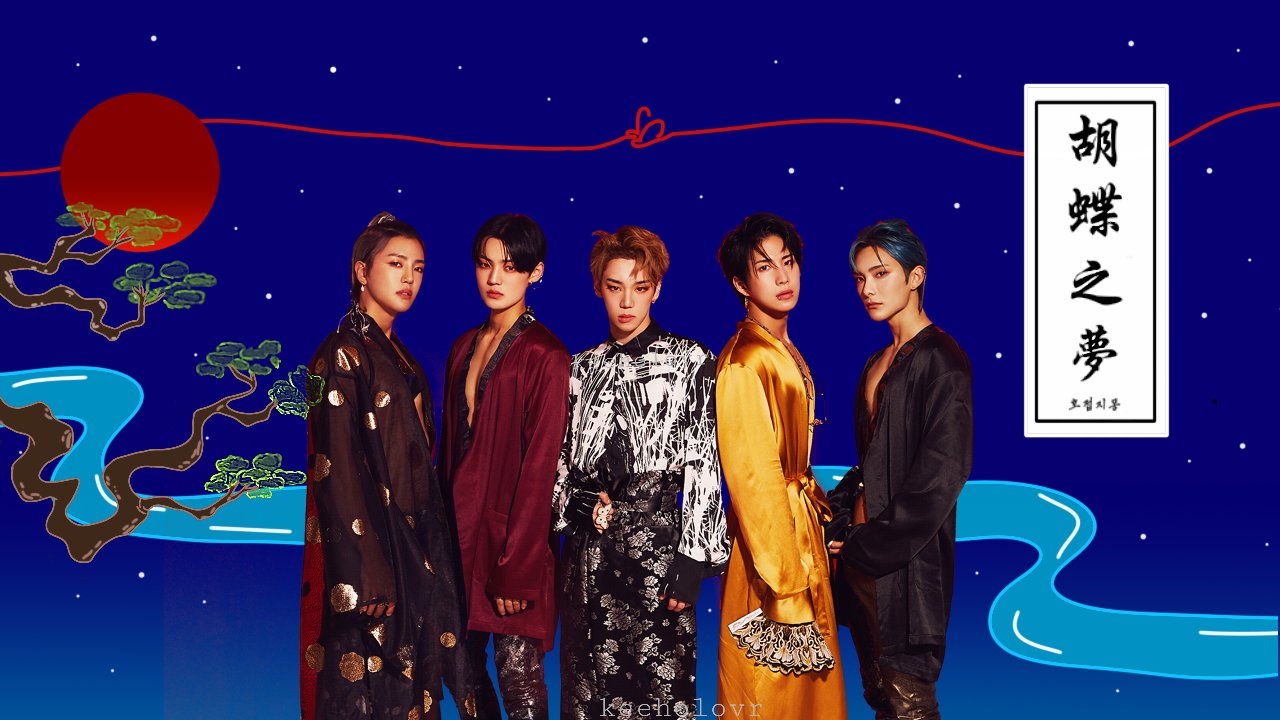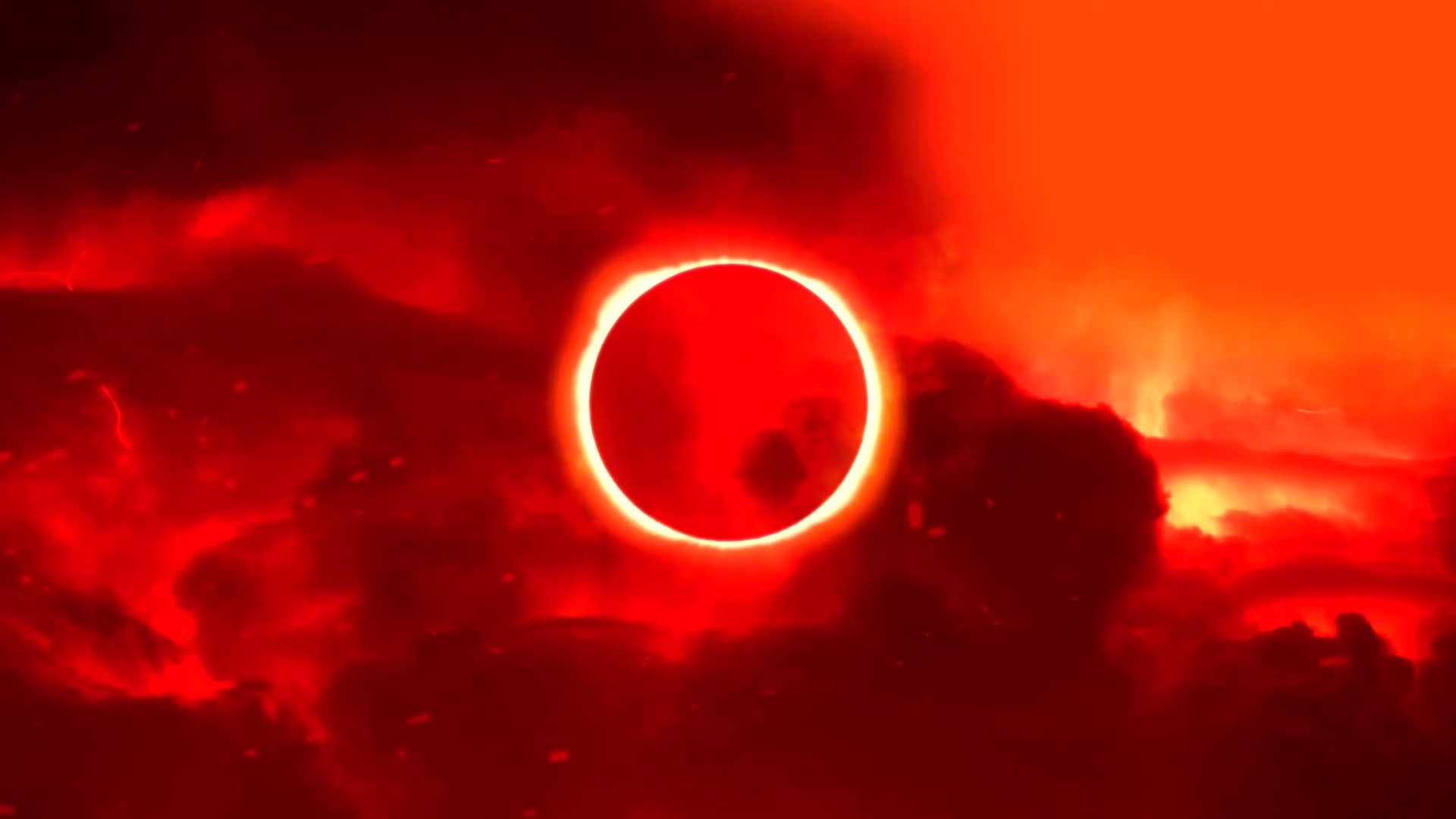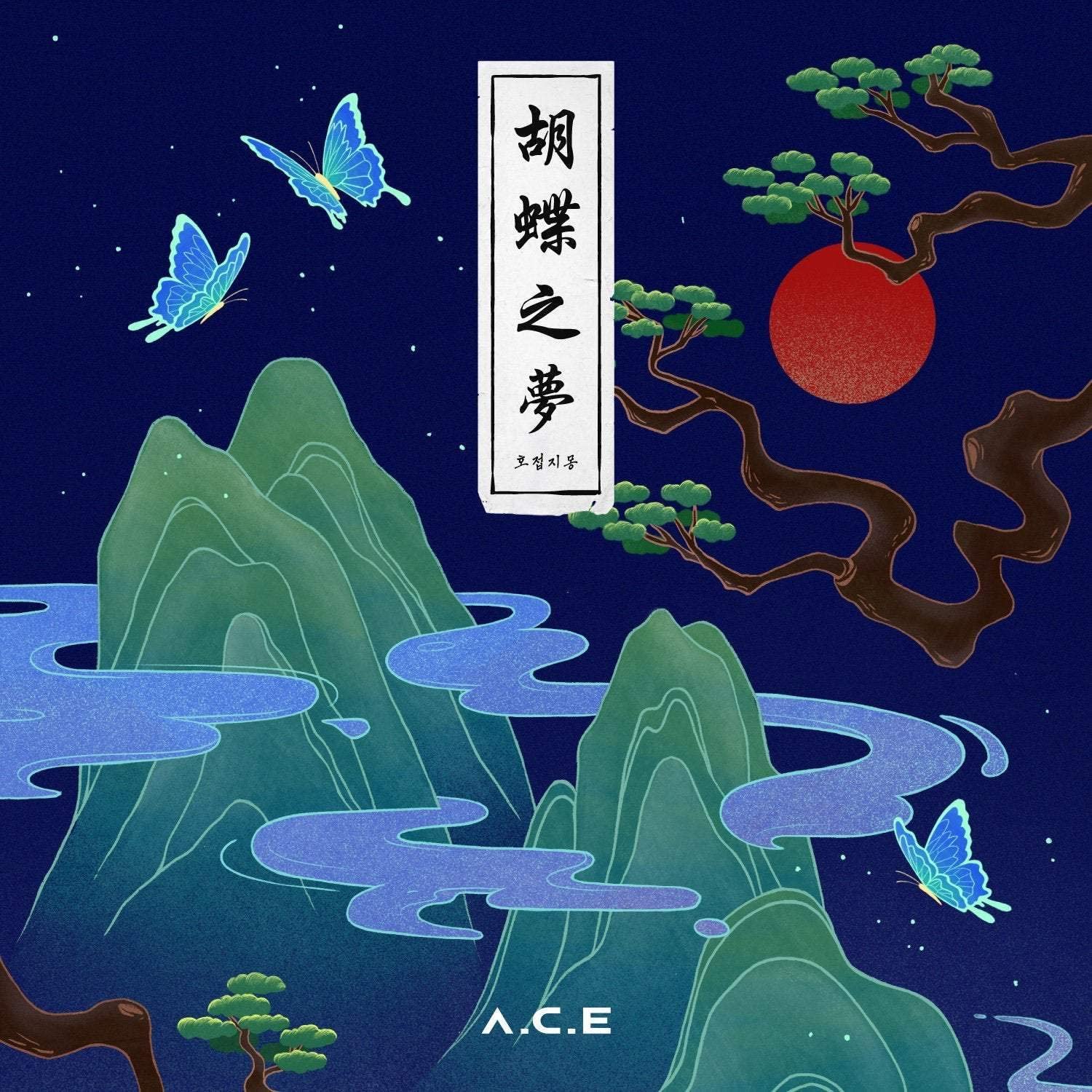OFFICIAL VIDEOS
1. Goblin (Favorite Boys) M/V
The song is an upbeat traditional-inspired release where A.C.E boast about their success. However, most of the traditional aspects within this track are largely drowned out of the instrumental due to the deep bass and percussion that rounds out the background music. The use of the organ during the pre-chorus, which helps to add an orchestral feel to an already amazing song which creates an illusion that the members are, in fact, untouchable - just like the Dokkaebi they claim to be, The song is a conceptual masterpiece in the way the group crafts the story of a "Dokkaebi" and creates a traditional Korean concept through the use of "Butterfly Dream".
This can be seen by each of the members' characters and what they represent. The album itself is a release that attempts to answer questions related to the theory of existentialism and the transcendence of time and space.
Each of the members represents a separate "Dokkaebi" - a mystical creature that is native to Korean folklore. This can be seen both through the lyrics of the song, "ttak nawara wara ttukttak" is a chant that can be found in the popular folktale "The Ogre's Magic Bats" - or "도깨비방망이" - a story revolving around the story of a kind young man and his evil older brother as they attempt to steal a set of magic clubs from a group of Dokkaebi. The music video, just like the lyrics, displays a deeper meaning. Both related to the story of the "Dokkaebi" and the message of the song as a whole. The most important figure that we see represented in the music video is seen through Byeongkwan, who portrays the figure of The Man Under The Moon. The Man Under The Moon is a deity charged with the responsibility of tying the red string of fate - seen in the characters of Chan & Jun who are seen with the red & blue strings of fate - which is a common theme in Eastern storytelling and even a rite performed during marriages, as well as the deity in charge of fate and destiny in general.
Through this story, we see that A.C.E is telling us that we control our own fate. This is best seen through the concept of rolling the dice during the choreography. As rolling a die is a game of chance, they conclude that if fate doesn't give you a desirable outcome, all one needs to do is roll the dice until they're satisfied with the final outcome.



